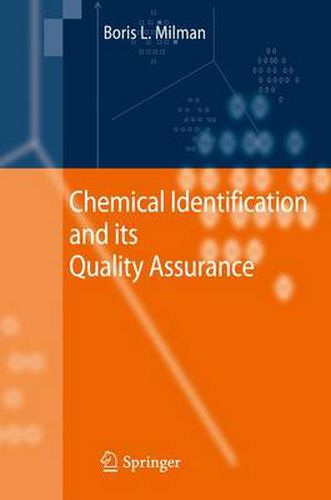Readings Newsletter
Become a Readings Member to make your shopping experience even easier.
Sign in or sign up for free!
You’re not far away from qualifying for FREE standard shipping within Australia
You’ve qualified for FREE standard shipping within Australia
The cart is loading…






This title is printed to order. This book may have been self-published. If so, we cannot guarantee the quality of the content. In the main most books will have gone through the editing process however some may not. We therefore suggest that you be aware of this before ordering this book. If in doubt check either the author or publisher’s details as we are unable to accept any returns unless they are faulty. Please contact us if you have any questions.
This is the first book to show how to apply the principles of quality assurance to the identification of analytes (qualitative chemical analysis). After presenting the principles of identification and metrological basics, the author focuses on the reliability and the errors of chemical identification. This is then applied to practical examples such as EPA methods, EU, FDA, or WADA regulations. Two whole chapters are devoted to the analysis of unknowns and identification of samples such as foodstuffs or oil pollutions. Essential reading for researchers and professionals dealing with the identification of chemical compounds and the reliability of chemical analysis.
$9.00 standard shipping within Australia
FREE standard shipping within Australia for orders over $100.00
Express & International shipping calculated at checkout
This title is printed to order. This book may have been self-published. If so, we cannot guarantee the quality of the content. In the main most books will have gone through the editing process however some may not. We therefore suggest that you be aware of this before ordering this book. If in doubt check either the author or publisher’s details as we are unable to accept any returns unless they are faulty. Please contact us if you have any questions.
This is the first book to show how to apply the principles of quality assurance to the identification of analytes (qualitative chemical analysis). After presenting the principles of identification and metrological basics, the author focuses on the reliability and the errors of chemical identification. This is then applied to practical examples such as EPA methods, EU, FDA, or WADA regulations. Two whole chapters are devoted to the analysis of unknowns and identification of samples such as foodstuffs or oil pollutions. Essential reading for researchers and professionals dealing with the identification of chemical compounds and the reliability of chemical analysis.